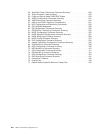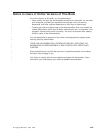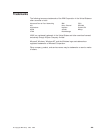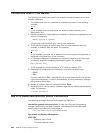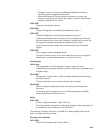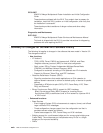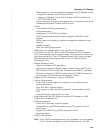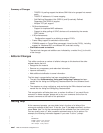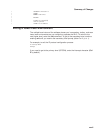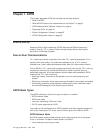
Conventions Used in This Manual
The following conventions are used in this manual to show command syntax and
program responses:
1. The abbreviated form of a command is underlined as shown in the following
example:
reload
In this example, you can enter either the whole command (reload) or its
abbreviation (rel).
2. Keyword choices for a parameter are enclosed in brackets and separated by the
word or. For example:
command [keyword1 or keyword2]
Choose one of the keywords as a value for the parameter.
3. Three periods following an option mean that you enter additional data (for
example, a variable) after the option. For example:
time host ...
In this example, you enter the IP address of the host in place of the periods, as
explained in the description of the command.
4. In information displayed in response to a command, defaults for an option are
enclosed in brackets immediately following the option. For example:
Media (UTP/STP) [UTP]
In this example, the media defaults to UTP unless you specify STP.
5. Keyboard key combinations are indicated in text in the following ways:
v Ctrl-P
v Ctrl -
The key combination Ctrl - indicates that you should press the Ctrl key and the
hyphen simultaneously. In certain circumstances, this key combination changes
the command line prompt.
6. Names of keyboard keys are indicated like this: Enter
7. Variables (that is, names used to represent data that you define) are denoted by
italics. For example:
File Name: filename.ext
IBM 2210 Nways Multiprotocol Router Publications
The following list shows the books that support the IBM 2210.
Information updates and corrections: To keep you informed of engineering
changes, clarifications, and fixes that were implemented after the books were
printed, refer to the IBM 2210 home pages at:
http://www.networking.ibm.com/220/220prod.html
Operations and Network Management
SC30-3681
Software User’s Guide
This book explains how to:
xxii MRS V3.2 Protocol Config Ref Vol 2



